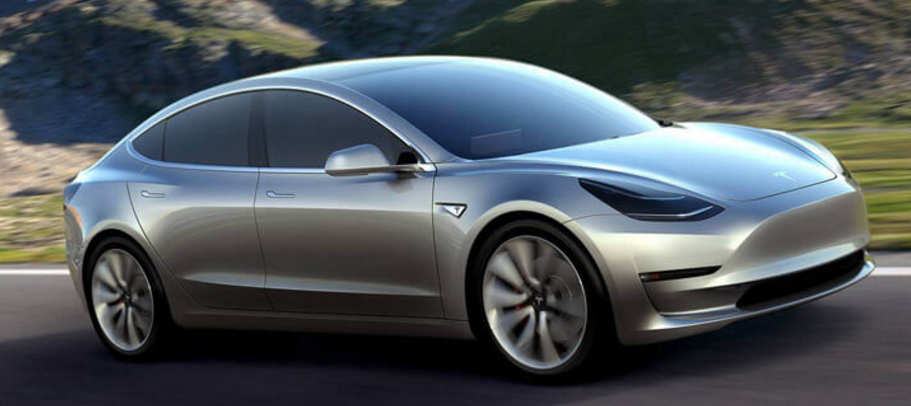By now, it is very likely that you have read about the “historic” lowest tariff ever quoted for solar power in India. In case you missed it, 3 firms have won 250 MW of projects each in Rewa Solar Park in Madhya Pradesh, with the lowest first year tariff being Rs. 2.97/kWh, and a levelized tariff of Rs. 3.29/kWh. What are the unique circumstances that helped the developers quote such low bids? Read here.
The Minister for Renewable energy announced that India crossed 9 GW solar installed capacity.
Tamil Nadu has the highest installed capacity of more than 1.5 GW, closely followed by Rajasthan and Gujarat. A total of 5 states(Tamil Nadu, Rajasthan, Gujarat, Andhra Pradesh and Telangana) have around 1 GW each of solar capacity, whereas Madhya Pradesh has 840 MW. These six states put together account for about 6.9 GW of capacity and contribute to more than 75% of the total installed capacity.
Gujarat was the early mover in the Indian solar sector, and remained the number one state during the first 4 years(2011-2015) since the start of the JNNSM. This leadership position was attained because of the pioneering Gujarat state solar policy of 2009. Rajasthan was a close second during this period, but overtook Gujarat in June 2015, mainly because Gujarat did not add much solar capacity since 2013 whereas most of the projects under the National Solar Mission were located in Rajasthan.
Tamil Nadu, though the undisputed leader in wind energy, was a late bloomer in the solar sector. The state came up with an ambitious state solar policy in 2012, but lost its way due to regulatory issues. However, it came roaring back in 2015-16 by commissioning more than 1.2 GW of solar during the year, and snatching the number one position from Rajasthan. Two other southern states – Telangana and Andhra Pradesh – also added significant solar capacity during this period.
The state-wise solar installed capacity details can be found here.
When it comes to Wind installations, Tamil Nadu continues to be the leader with 7,694 MW out of a total of 28,666 MW of installed capacity in India(as of 31 December 2016). Mahrashtra, Gujarat and Rajasthan follow with more than 4000 MW each. The state-wise wind installed capacity details can be found here.
According to Global Wind Energy Council, globally 54 GW of wind capacity was added taking the total wind installed capacity in the world to 487 GW.(In comparison, total global solar installed capacity crossed 300 GW in 2016 as per the German Solar Association – more here). China installed about 23 GW of wind capacity in 2016 to bag the number one position, while India stood at number 4, having installed 3.6 GW. Read the full report here.
Two weeks back, we wrote in length about the reasons why India may witness a huge growth of Electric Vehicles sales. Looks like Elon Musk read that article 🙂 . (ICYMI, you can read our article here). Last week Musk announced that Tesla might be launching one of its models(likely to be Model 3) in India during 2017.

(Tesla Model 3 – Image credit – www.tesla.com)
But is India ready for Tesla’s high-tech car? That is the question lot of people have in mind, and this article from news18 deep dives into some of the reasons why Tesla car owners will find it very challenging to drive on Indian roads. Read the article here.
We will wind up this article by highlighting a story on energy storage. Tata Power Delhi Distribution commissioned one of India’s first grid-scale battery system last week. The 10 MW system is a joint project by Mitsubishi and the U.S. energy storage company AES. Read more here.
Hope you enjoyed reading this week’s news roundup.
(This blog series is supported by Aspiration Cleantech Ventures)
